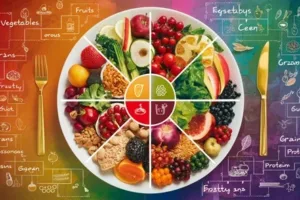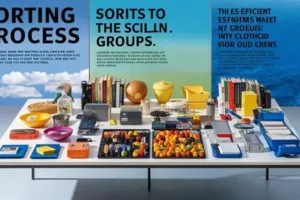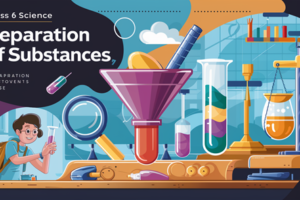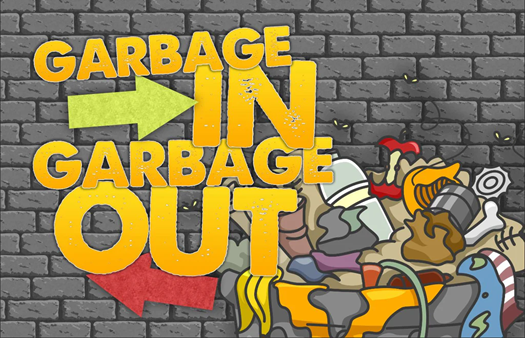
Science Chapter 12 – Garbage In Garbage Out
NCERT Solutions for Class 6 Science Chapter 16 – Garbage In Garbage Out
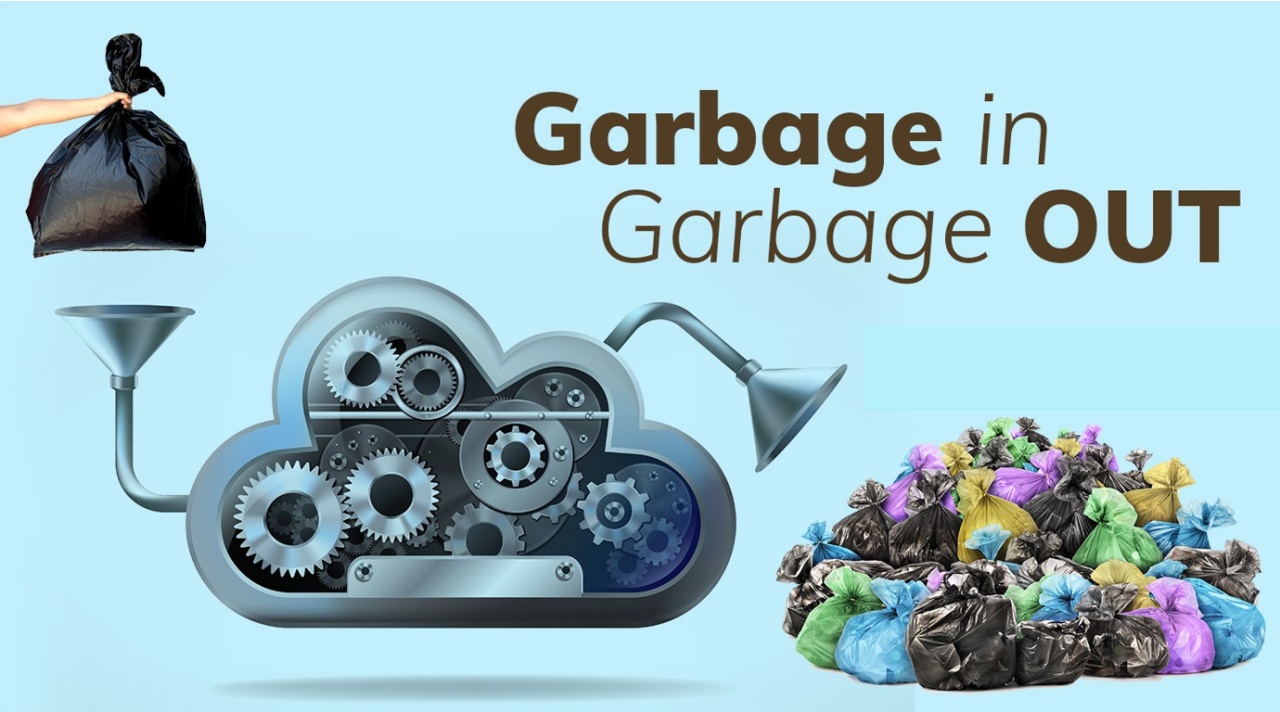
Garbage In Garbage Out NOTES
What is Garbage?
All the waste materials and other household waste produced on a daily basis are termed as garbage. The different wastes of garbage contain peels of vegetables and fruits, leftovers of cooked food products, waste paper and plastic materials, and many other waste items.
Waste
Waste is any substance which is discarded after primary use or is worthless, defective and of no use.
Where Does Garbage Go?
Waste Generation
- Waste generation is the amount of waste produced by a house, a community or even the country.
- Fact: Bangalore produces approximately 2480 tonnes of garbage a day, according to a 2001 study.
- Developed nations tend to produce more garbage than developing nations as they have a higher rate of consumption.
Waste Segregation
The process of segregating or dividing the wastes into~ dry and wet is defined as Waste Segregation. Here, the dry waste includes wood and related products, metals and glass. Wet waste typically refers to organic waste usually generated by eating establishments and are heavy in weight due to dampness.
Landfill
A landfill is a low-lying area for the disposal of waste materials by burial.
Recycling
- Recycling is the reusing of waste materials that are discarded.
- Recycling reduces the wastage of products and pollution.
Paper
- Paper is derived from trees.
- Paper can be recycled and can be used as an alternative to plastics.
- Recycling and reusing paper saves the environment.
Biodegradable Waste
Biodegradable waste includes any organic matter in waste that can be broken down into
- Water.
- Methane.
- Carbon dioxide.
- Simple organic molecules.
Micro-organisms like fungi and other living things using
- Composting.
- Aerobic digestion.
- Anaerobic digestion or similar processes.
Non-Biodegradable Waste
- It is a type of waste that can not be broken down into its base compounds by micro-organisms, air, moisture or soil in a reasonable amount of time.
- Non-biodegradable waste is an environmental concern, as it threatens to overwhelm landfills and create disposal problems.
Plastics
- Plastic is a material consisting of a wide range of synthetic or semi-synthetic compounds that are malleable and can be moulded into solid objects.
- Plastic can be recycled, reused, coloured, melted, rolled into sheets or made into wires.
- That is why it finds such a variety of uses.
- Plastic is non-biodegradable and poses major health hazards for animals, including humans.
Composting and Vermicomposting
Compost
- Compost is an organic matter that has been decomposed and recycled as a fertilizer and soil nutrient.
Vermicomposting
- Vermicompost (or vermicompost) is the product of the composting process using various species of worms.
- Red wigglers, White worms and other earthworms are used to create a mixture of decomposing vegetables or food waste, garden waste, farm waste etc.
- The product, vermicompost, is excellent manure for gardens, nurseries, farms etc.
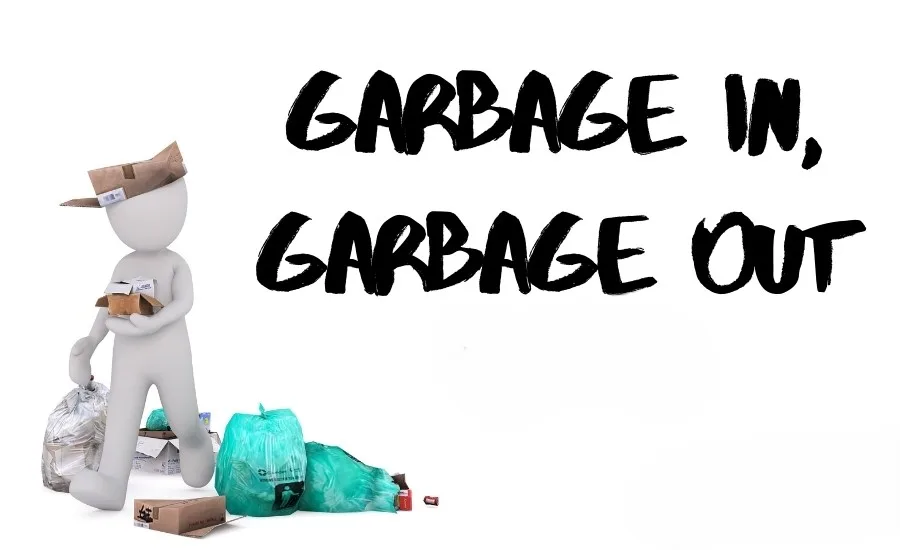
NCERT Solutions Q/A Garbage In Garbage Out
Question 1 :
Discuss:
(a) Is garbage disposal the responsibility only of the government?
(b) Is it possible to reduce the problems relating to the disposal of garbage?
Answer :
- a) No, not just the government, but everybody is responsible for garbage disposal. We should bifurcate wet and dry waste, recycle non-biodegradable substances, and we should also reduce the accumulation of garbage in our houses and streets.
- b) Yes, it is possible to reduce the problems of garbage by scientific disposal of garbage; we can do it by bifurcation of different waste and also by recycling the waste materials.
Question 2 :
(a) What do you do with the leftover food at home?
(b) If you and your friends are given the choice of eating on a plastic plate or a banana leaf platter at a party, which one would you prefer and why?
Answer :
(a) Leftover food can be collected and used to form compost. Compost produces nutrients necessary for the growth and development of plants.
(b) We would prefer to eat food on a banana leaf plate because it acts as a harmless substance which helps to form manure by the process of composting, whereas plastic plates cannot be converted into harmless substances by composting. Plastic plates are not degradable, hence can persist in the environment and cause many problems.
Question 3 :
(a) Collect pieces of different kinds of paper. Find out which of these can be recycled.
(b) With the help of a lens, look at the pieces of paper you collected for the above question. Do you see any difference in the material of recycled paper and a new sheet of paper?
Answer :
(a) Papers such as newspapers, notebooks and magazines can be recycled easily. However, shiny and coated papers cannot be easily recycled.
(b) Recycled paper is usually thick or rough when compared to a new sheet of paper.
Question 4 :
Do you think it is better to use compost instead of chemical fertilizers? Why?
Answer :
Yes, it is better to use compost instead of chemical fertilizers for the following reasons:
- It is easy to prepare compost
- Compost is environment friendly as it does not cause any health issues in humans and animals
- Compost will not cause pollution
- Compost increases soil fertility.
- Compost is biodegradable
Question 5 :
(a) Collect different kinds of packaging material. What was the purpose for which each one was used? Discuss in groups.
(b) Give an example in which packaging could have been reduced?
(c) Write a story on how packaging increases the amount of garbage.
Answer :
(a) Different kinds of packaging materials used commonly are given below:
Cardboard – Shoes, soap, bulbs and other boxes.
Plastic Bags – Toys covers, sarees bags, shopping bags, etc.
Wooden Boxes – Fruit baskets and boxes for hardware.
Jute Bags – School bags, shopping bags, vegetable bags, etc.
(b) By reusing the packaging material, we can reduce the accumulation of garbage.
(c) The basic purpose of packaging is to protect the product from tampering and to maintain its freshness and purity. However, most of the packaging material is used to beautify the boxes and make them look attractive on the shelves. Unfortunately, a large volume of packaging material goes waste and is thrown into the dustbin.
For example, in most places, the dustbins are full of chips and biscuit wrappers.
It unnecessarily increases the amount of garbage. It also increases the cost of the product due to unnecessary packaging. We should seriously consider how to reduce unnecessary packaging.
Question 6 :
a) Which kind of garbage is not converted into compost by the red worms?
(b) Have you seen any other organisms besides red worms in the pit? If yes, try to find out their names. Draw pictures of these.
Answer :
- a) Pieces of cloth, polythene bags, broken glass, aluminium wrappers, nails and broken toys are not converted into compost by the red worms.
- b) Earthworms, small insects like ants and millipedes, are found in pits.
Also Visit: Readspot

